Recommendation points
- History of polyethylene pipes
- Characteristics of low pressure polyethylene
- Characteristics of HDPE pipes
- HDPE pipe production technology
- Fittings for polyethylene pipes
In this Article: A History of Polyethylene Pipes what is the difference between LDPE and HDPE; characteristics of low pressure polyethylene (high density); pros and cons of HDPE pipes; technology for the production of pipes from low pressure polyethylene; fittings for polyethylene pipes.
Plastic in the form of a kitchen siphon for draining water began to storm communications in our houses and apartments around the 80s, completely replacing the previously popular steel and cast iron siphons. In the mid-90s, plastic pipes unexpectedly became plumbing pipes, attracting with their novelty, low weight, price and absolute resistance to corrosion. It would seem that in more than 15 years of presence on the Russian market, polyethylene pipes should have become familiar to homeowners, but some of them still treat plastic in the water supply system with distrust and suspicion. We offer to investigate the characteristics of low-pressure polyethylene and pipes made from it.
History of polyethylene pipes
Polyethylene, like other types of plastic, was obtained by accident. In 1898, Hans von Pechmann, a German physicist, carried out another stage of research on diazomethane, which he had obtained four years earlier, a rather dangerous substance of chemical origin. After an experiment with heating diazomethane, von Pechmann discovered a white, waxy substance at the bottom of the flask, which turned out to be polyethylene or, as the chemist called it, polymethylene. At the beginning of the 20th century, there was no industrial need for open-source Pehmann polyethylene, so its creation was forgotten for 37 long years.
After the First World War, large industrialists began searching for new materials for insulating electrical cables, entrusting their development to chemical laboratories. Acting in the framework of such an order, British chemists Reginald Gibson and Eric Fawcett in the laboratory of the chemical concern “Empire of the chemical industry” (Imperial Chemical Industries) rediscovered polyethylene – by placing a mixture of ethylene and benzaldehyde in a pressure chamber, acting on it with a pressure of hundreds of atmospheres. The chemists considered the obtained white, wax-like substance to be a mistake during the experiment, especially since they did not succeed in re-obtaining polyethylene – during the first experiment, air accidentally entered the pressure chamber, the experimenters did not take this into account.
ICI laboratory
After investigating a substance accidentally obtained by Gibson and Fawcett, chemist Michael Perrin, who also worked for the ICI concern, decided to create a technology that would make it possible to obtain polyethylene on an industrial scale. The development of the technology took Perrin four years (he began researching polyethylene in 1935) and was crowned with success only in 1939 – ICI received a patent this year for the production of high pressure (low density) polyethylene. During World War II, polyethylene production expanded – this plastic was used to insulate coaxial radar cables. Since 1944, polyethylene packaging has been in demand in the United States among the owners of retail chains of stores..
High-pressure polyethylene had a fairly high softness and plasticity, therefore it was perfect for the production of packaging for packaging products purchased by customers. However, it was not suitable for use in communication networks transporting warm water – the experimental pipes created from this polymer did not allow water to pass through, but were not able to hold gases, since intermolecular bonds in LDPE are not strong enough.
In 1951, chemists Paul Hogan and Robert Banks, who worked for the Phillips Petroleum Corporation, developed a catalyst for the polymerization of polyethylene, chromium trioxide. In the presence of a catalyst, polyethylene could be produced at more moderate pressure and temperature. The use of new catalysts in the production of polyethylene granules has created the possibility of creating plastic pipes for supplying cold and warm water, as well as for sewer communications. Two years later, the German chemist Karl Ziegler created catalytic systems based on organoaluminum compounds and titanium halides, which made it possible to obtain low pressure (high density) polyethylene, which is characterized by higher rigidity and strength than LDPE. In the 70s, the Ziegler catalyst system was replenished with new types, which made it possible, among other things, to produce a wide range of polyethylene resins.
Characteristics of low pressure polyethylene
This polyethylene is produced using gas-phase, suspension and solution technologies, polymerization occurs under pressure from 1 to 5 kg / cm2. It has a density of over 0.941 g / cm3, is rather rigid and, due to its crystalline structure, is slightly transparent or opaque. Due to the weak branching of molecular bonds, intermolecular forces provide high tensile strength in low pressure polyethylene. The melting temperature is about 130 ° C, which is 20 ° higher than that of LDPE, but this makes polyethylene resistant to heating temperatures during the operation of finished products (about 121 ° C).
Compared with high-pressure polyethylene, the moisture and gas permeability of HDPE is 5 times lower, it has a higher chemical resistance to fats and oils. Like LDPE, it is susceptible to environmental cracking, but high molecular weight low density polyethylene does not have this drawback. Depending on the brand, HDPE is resistant to low temperatures from -50 ° C and below.
A wide range of products is produced from high-pressure polyethylene – bags and packaging film for retail chains, pipes, insulation of high voltage electric cables, various mesh, tanks and cans, PET bottle caps, furniture fittings, accessories for cars, children’s toys and games complexes, furniture, etc..
In Russia, primary low-pressure polypropylene is produced at the enterprises of OOO Stavrolen, OAO Kazanorgsintez, imported from Europe and Asia, secondary (obtained from recyclable materials) is produced by a number of small manufacturers.
Characteristics of HDPE pipes
Advantages of low pressure (high density) polymer pipes:
- They have a long service life – at least 40 years. Such a period was originally laid down during their development in the 50s of the last century..
- They are not subject to corrosive and chemical influences, i.e. they do not require renewable cathodic protection when laid in the ground, i.e. they do not require maintenance.
- With equal characteristics, the cost of polyethylene pipes is lower than that of steel.
- Due to the invariable smoothness of the inner surfaces, scale and sludge are not deposited on them, respectively, the inner diameter does not change during the entire service life.
- They have low thermal conductivity – their heat loss and the degree of condensation on the outer surface are extremely small.
- In the event of freezing of the liquid inside the HDPE pipe, destruction of the structure will not occur, since the diameter of the pipe will increase under the diameter of the frozen liquid (by 5–7% of the original) and will return to the previous one after thawing of the transported liquid.
- The weight of pipes is 6 times lower than the weight of steel pipes of the same diameter and maximum working pressure, which greatly facilitates transportation and installation.
- High resistance to water hammer, provided by low modulus of elasticity of HDPE pipes.
- Welding polyethylene pipes is much easier, faster and cheaper than steel pipes. In addition, welded joints of HDPE pipes do not lose their reliability over time..
- Complete environmental safety, due to which polyethylene pipes are allowed for use in pipelines supplying the population with drinking water.
Cons of polyethylene pipes:
- Limitations on the temperature of the transported liquid, which makes it difficult to use them in heating and hot water supply systems.
- Specific assembly technology.
- Compared to them, steel and cast iron pipes have higher mechanical characteristics. The service life of polymer pipes laid in the ground depends on the type of local soil (its mobility).
- Their performance characteristics are reduced under the influence of ultraviolet radiation (the degree of resistance to ultraviolet radiation depends on the catalysts used in the production of raw materials – HDPE granules).
HDPE pipe production technology
The line for the production of polyethylene pipes is located in a relatively small area – about 100 m2.
HDPE granules of a certain grade are poured into the extruder hopper, heated to the melt temperature and plasticized. The molten polyethylene is fed to the straight-through head of the extruder, passing at its inlet through the filter nets and the grid on which the mandrel is installed (streamlined conical nozzle). The molten polyethylene envelops the mandrel proportionally and follows to the matrix of the future pipe, where it takes the form of a pipe of a given diameter. The mandrel body has a built-in nozzle for supplying compressed air that cools the walls of the polyethylene pipe at the exit from the matrix.
The cured pipe is pulled out of the extruder using a special device, the gripping diameter of which corresponds to the pipe diameter. The exhaust device guides the pipe through the cooling unit, where its web is exposed to streams of water from the nozzles.
The control over the wall thickness and the absence of distortions of the geometric shape of the pipe is carried out by a non-contact measuring device. Behind it is a marking device that applies appropriate marking on the HDPE pipe body by embossing or printing.
If a pipe is produced with a diameter exceeding 125 mm, then after marking it is cut into pieces of the required length using a movable guillotine or circular saw, following along the pipe web at the speed of its pulling out of the extruder. Pipes of smaller diameter are collected by the pull-winder into coils.
In addition to the structural characteristics of the extruder head, the quality characteristics of the polyethylene pipe are influenced by the temperature of the melt, the speed of its flow and drawing. In the process of flow, molten HDPE molecules undergo orientation, which affects the axial shrinkage of the pipe after exiting the extruder, as well as anisotropy (the presence of roughness on the surface of the finished pipe). The degree of axial shrinkage of a polyethylene pipe also depends on the speed of its pulling – if it is higher than the speed of the melt at the outlet, then the axial shrinkage and thinning of the walls increase.
The intensity of the compressed air supply (pressure calibration) depends on the diameter, pipe wall thickness, on the characteristics of the given polymer grade and the temperature of its melt in the extruder. Air pressure calibration is adjusted when the first batch of pipe leaves the extruder by experimental adjustment. If the air pressure is insufficient, then noticeable ripples will form on the pipe walls, if excessive, the increasing friction will cause multiple microcracks, which will significantly reduce the strength of the pipe walls.
Fittings for polyethylene pipes
Three types of fittings are used to connect HDPE pipes – for butt welding (without using an electric spiral), for electric welding and compression fittings.
Butt welding fittings (spigots) allow butt welding of pipes together. Butt welding is carried out in the following sequence: flashing the ends of pipes and fittings; heating the welded sections with an electric heating device to a state of viscous fluidity; removing the heating device and joining the parts to be welded together under pressure. It is important to connect the fitting and the pipe to each other as soon as possible after removing the heating device, preventing the plastic from cooling. Also, to ensure a strong and reliable seam, it is necessary to completely eliminate the possibility of dust particles entering the seam..
HDPE fittings intended for electric welding are supplied with embedded wire heaters (electrical resistors) – when an electric current is supplied to the wire, its heating causes the polymer to melt in the joint areas. Once the fitting and the pipe are connected, the voltage supply is interrupted and a high tightness connection is formed. Electrofusion fittings are welded into polymer pipes using special welding machines that allow you to adjust the welding mode according to the dimensions of the pipe and the fitting to be cut into it. This welding method is especially convenient when repairing hard-to-reach pipeline sections..
The construction of a plastic pipeline using compression fittings is very simple, since it does not require any additional preparation of HDPE pipes. Compression fittings are connected to pipes without disassembling into their constituent parts – the rubber seal is compressed by the pressing sleeve in the position in which it is necessary with the simultaneous restriction of compression, thereby preventing pipe deformations, and the clamping ring of a special design will not allow to weaken the connection. The installation of the pipeline by connecting compression fittings can be performed at any time of the year, including at negative temperatures, while the entire scope of work is available to be performed by a person without special training.

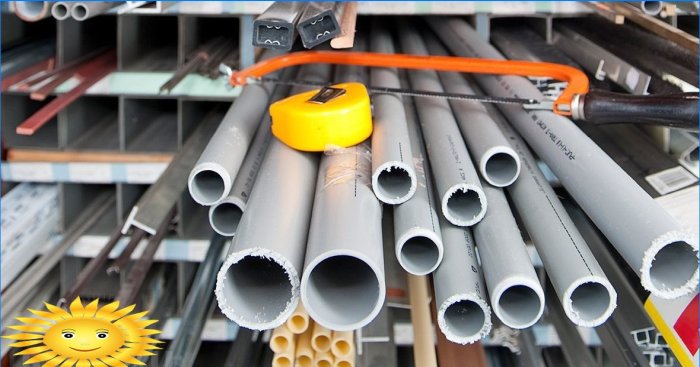
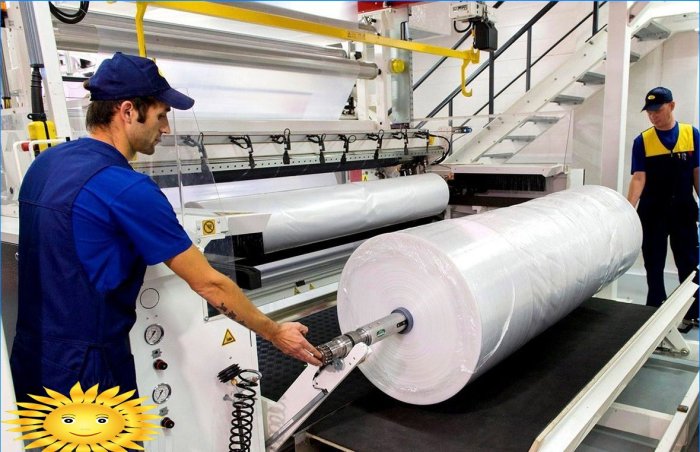
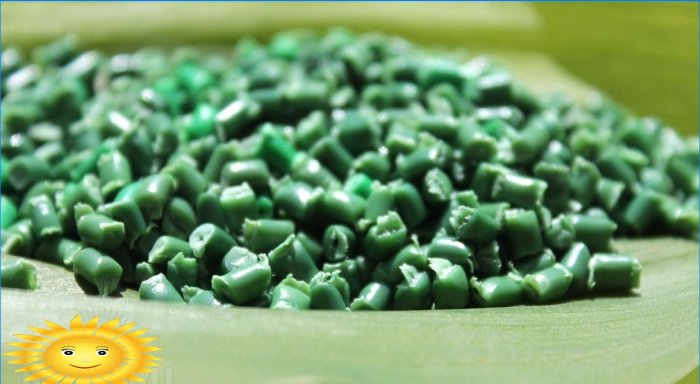
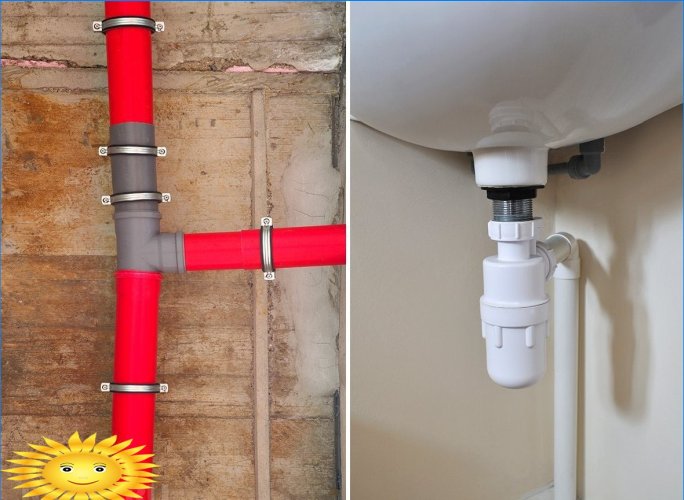

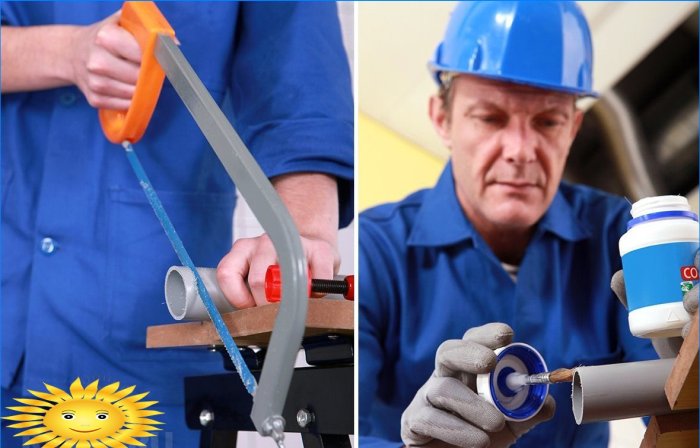
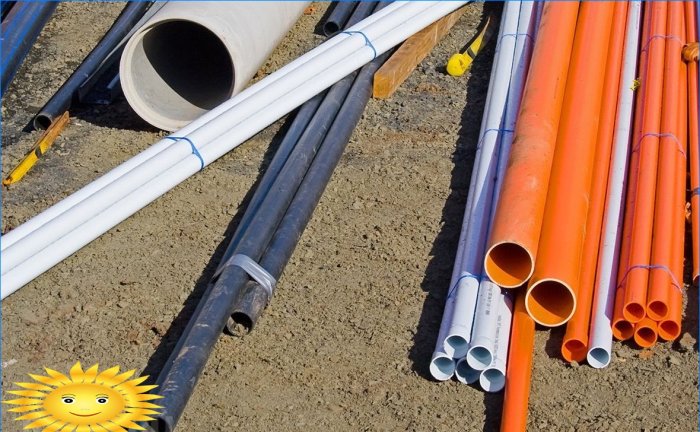
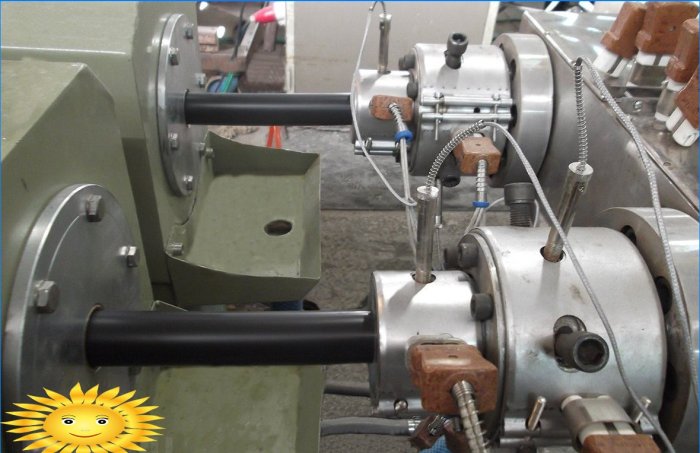
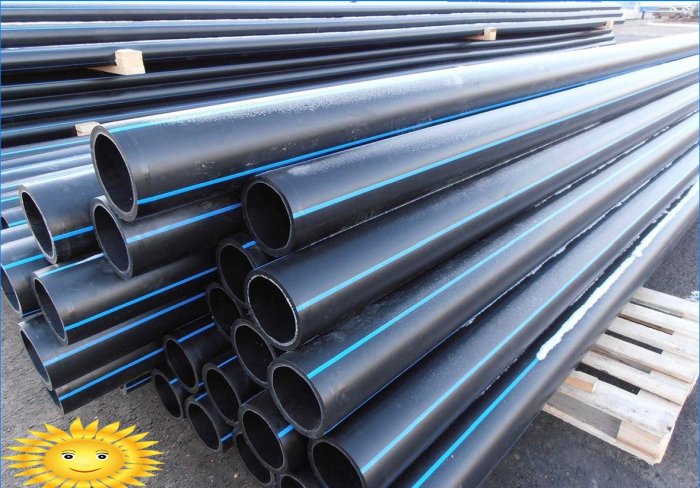
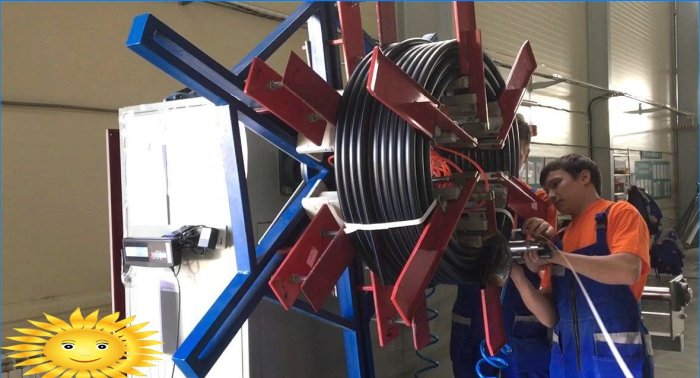
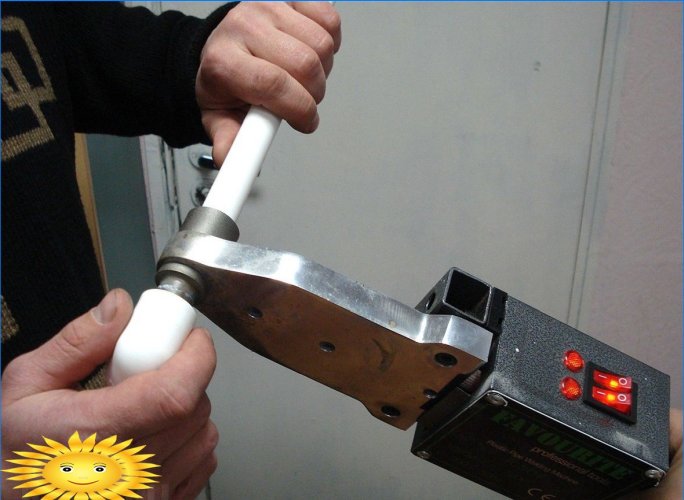
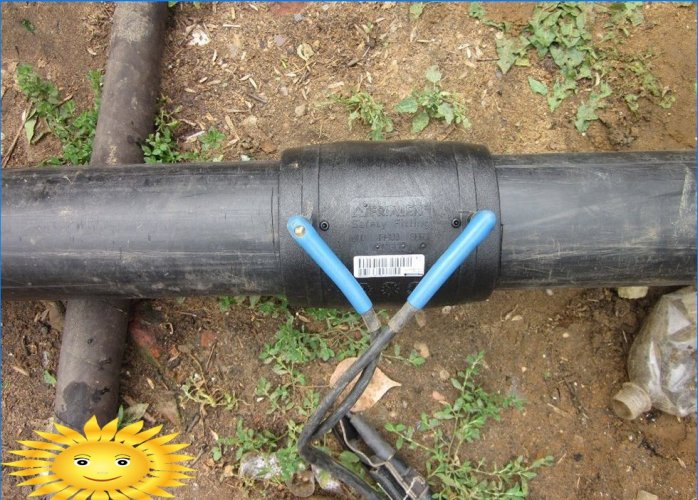
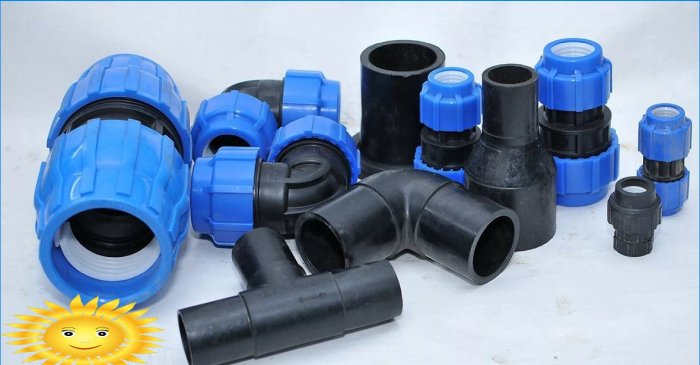
What are the main advantages of using HDPE pipes compared to other types of pipes, and what specific characteristics make them suitable for various applications?